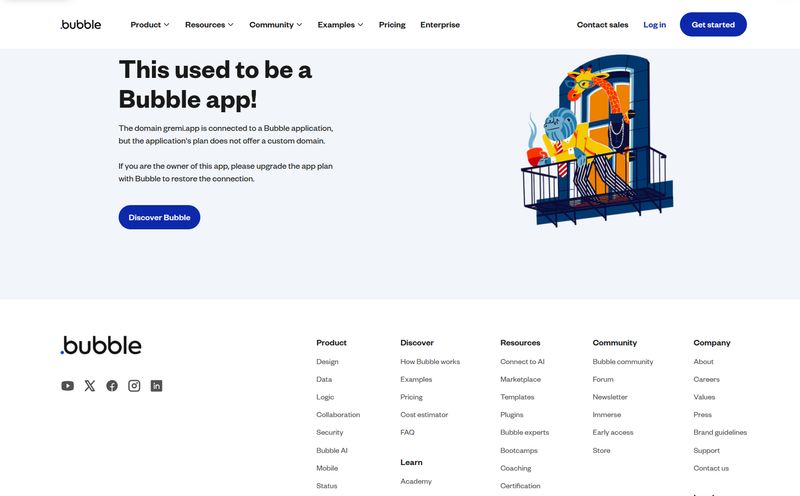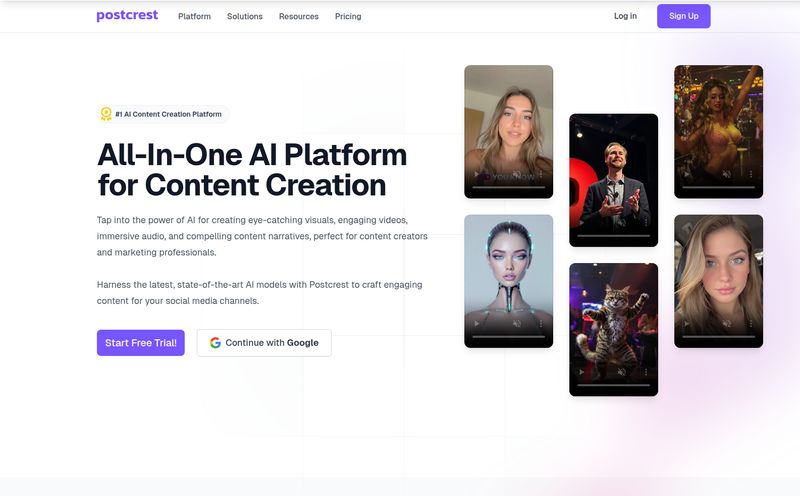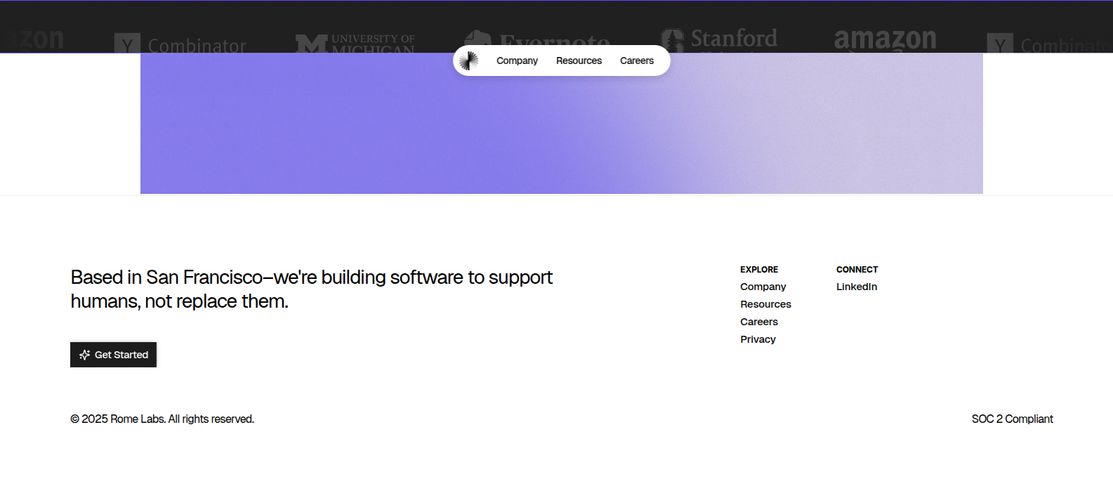If you’re running a serious e-commerce brand, your morning probably looks a lot like mine used to. You open your laptop, and then you open... everything else. The Shopify dashboard. Google Analytics (hello, GA4, you beautiful mystery). The Facebook Ads Manager. The Google Ads interface. Klaviyo. TikTok Ads. Your shipping software. Before you’ve had your second sip of coffee, you're staring at a dozen tabs, each telling you a slightly different version of the same story.
Your Facebook Ads Manager claims a fantastic ROAS, but Shopify’s numbers look... well, sadder. Klaviyo says an email flow is crushing it, but GA4 attributes those sales to 'Direct.' It’s a mess. Trying to stitch together a single, truthful picture of your business performance feels like trying to conduct an orchestra where every musician has a different sheet of music. It's exhausting, and frankly, it leads to bad decisions.
I've been in this game for a long time, and I've become almost numb to this daily data scramble. It's just 'the cost of doing business', right? But recently, I’ve been playing around with a platform that claims to be the conductor for this chaotic orchestra: Polar Analytics. And I have to say, I’m intrigued.
So, What Exactly Is Polar Analytics?
Stripping away the marketing jargon, Polar Analytics is a centralized data platform built specifically for e-commerce brands, particularly those on Shopify. The idea is simple but powerful: it hooks into all those disparate data sources you use every day—over 45 of them, from ad platforms to email service providers—and pulls everything into one unified dashboard. It then automatically crunches the numbers to give you clean, clear KPIs without you having to touch a single spreadsheet. It’s designed to be the single source of truth you've been dreaming of during your late-night, data-induced headaches.
The Attribution Black Hole and the Data Silo Nightmare
The biggest headache for any performance marketer since 2021 has been attribution. Ever since the iOS 14 update, relying on platform-reported data from places like Meta has been a gamble. We’re all flying a bit blind, making educated guesses based on murky data. We pump money into campaigns, hoping our blended ROAS (or MER, as the cool kids call it) stays healthy, but pinpointing exactly what’s working is tougher than ever.
This is the core problem Polar Analytics aims to solve. It’s not just another pretty dashboard. Its foundation is built on creating a more reliable data stream, so you can actually trust the numbers you’re seeing. How? Let's get into the good stuff.
My Favorite Polar Analytics Features (The Real Game-Changers)
I’m a features guy. A slick interface is nice, but if the engine underneath is weak, I’m out. Here’s what stood out to me after spending some quality time with the platform.
Finally, One Dashboard to Rule Them All
This is the most obvious benefit, but it can’t be overstated. Connecting your sources is surprisingly straightforward. Seeing your ad spend from Google, Facebook, and TikTok right next to your Net Profit from Shopify, and your email revenue from Klaviyo... it’s a revelation. The data from different sources just dont line up on their own, but here they do. You can build custom reports and dashboards that are actually meaningful to your business, focusing on the metrics you care about, like Customer Acquisition Cost (CAC), Lifetime Value (LTV), and profit margins.
First-Party Data and the 'Polar Pixel'
Okay, this is the big one. This is where my inner data nerd gets excited. Polar Analytics offers its own first-party pixel that uses server-side tracking. In a world of ad blockers and privacy restrictions, collecting your own first-party data is no longer a luxury; its a necessity. The platform’s Conversion API (CAPI) Enhancer works to fill in the gaps that browser-side pixels miss. This means you get a much more accurate picture of your customer's path to purchase. It helps you see which campaigns are actually driving sales, not just which ones Facebook wants to take credit for. For any brand spending significant cash on paid ads, this feature alone could justify the cost of the platform.

Visit Polar Analytics
'Ask Polar': An AI Data Analyst on Speed Dial?
I’ll admit, I was skeptical of the AI feature, called "Ask Polar." We've all seen clunky AI chatbots. But this is more like having a junior data analyst on call. You can type in natural language questions like, “What was my blended CAC for US customers in May?” or “Compare the LTV of customers from our last two sales.” It spits out an answer, complete with a chart, in seconds. It's incredibly fast for pulling quick insights. Now, would I bet the entire company on an unverified AI answer? No. You still need a human brain to provide context and validate the findings. But as a tool to speed up analysis and answer those nagging questions that pop into your head? It’s pretty darn cool.
Okay, But How Much Does This Cost?
This is always the million-dollar question—or in this case, the few-hundred-to-several-thousand-dollar question. Polar Analytics' pricing is based on your Gross Merchandise Volume (GMV), which is a common model for tools in this space. It’s not a cheap-and-cheerful app from the Shopify store; it's a serious investment for brands that are ready to scale.
Here’s a simplified breakdown of their plans. (Note: Prices are starting points and increase with your store's GMV).
| Plan | Starting Price | Key Features |
|---|---|---|
| Analyze | $300+/mo | Full BI platform, unlimited connectors & users, Ask-Polar AI, alerts, and goals. |
| Analyze & Enrich | $350+/mo | Everything in Analyze, plus the Polar first-party pixel, intraday data refresh, and sales forecasts. |
| Analyze, Enrich & Activate | $400+/mo | Everything in Enrich, plus the CAPI Enhancer and a Klaviyo Flow Enricher. |
| Enterprise | Request a Quote | For brands over $20M yearly GMV. Includes Snowflake Database access, dedicated support, and more. |
For my money, the real value starts with the Analyze & Enrich plan because the first-party pixel is, in my opinion, a core part of the product's value proposition.
Who is Polar Analytics Really For?
Let's be blunt. If you're just starting out, dropshipping your first product, and have a monthly ad budget of $500, this is not the tool for you. And that’s okay. Your native Shopify analytics are fine for now.
Polar Analytics is built for established, high-growth D2C brands. I'd say you're in the sweet spot if you're doing at least $1M+ in annual revenue, have a marketing team (even a small one), and are actively spending on multiple ad channels. You're the one feeling the pain of data silos most acutely. You understand the value of accurate attribution and know that making a 10% improvement in ad efficiency isn't just a small win—it's thousands of dollars back in your pocket every month.
Frequently Asked Questions about Polar Analytics
How hard is Polar Analytics to set up?
It's surprisingly easy for a tool this powerful. The onboarding process is guided, and connecting your main data sources like Shopify and your ad platforms is mostly a point-and-click affair. The dedicated support on all plans helps a lot. Setting up the server-side pixel is more involved, but they provide solution engineers to help with that on the higher tiers.
Does Polar Analytics completely replace Google Analytics?
For most day-to-day e-commerce performance tracking, yes, it can. It gives you clearer, more actionable sales and marketing data than GA4 provides out of the box for a Shopify store. However, I’d never recommend completely removing GA. It still offers valuable behavioral and audience insights that are worth keeping.
Is Polar Analytics only for Shopify stores?
While it's definitely optimized for Shopify and that's their main focus, the platform can integrate with other e-commerce platforms and data sources. It's best to check with their team if you're on a different platform like BigCommerce or Magento.
What’s the real advantage of the CAPI Enhancer over Meta’s own CAPI?
Meta's native Conversions API is a great first step, but it still relies on data passed from a single point. Polar's CAPI Enhancer cross-references multiple data points (from Shopify, their own pixel, etc.) to create a more complete and accurate event package to send to Meta. The goal is higher event match quality, which leads to better ad optimization.
Is the AI assistant really trustworthy?
It's trustworthy for pulling data that exists within your connected accounts. If you ask it "What was my revenue yesterday?" it will pull the correct number. Where you need human oversight is in the interpretation. The AI can tell you what happened, but it can't always tell you why. Use it as a powerful data-pulling tool, not a replacement for a strategist.
The Final Verdict: Is It Worth It?
After all this, here's my take. Polar Analytics isn't a magic wand. It won't automatically fix a bad marketing strategy or a poor product-market fit. But it is a seriously impressive tool that brings clarity to the chaos of modern e-commerce data. It puts the power back in the hands of the brand by championing first-party data and providing a single, reliable source of truth.
If you're a scaling e-commerce brand that's tired of making decisions based on guesswork and conflicting data, then yes, I think Polar Analytics is absolutely worth a look. The price tag might seem steep at first, but when you consider the cost of wasted ad spend from poor attribution, it could very well pay for itself. It’s a tool for grown-up e-commerce, and for many, it might just be the conductor their data orchestra has been waiting for.
Reference and Sources
- Polar Analytics Official Website
- Polar Analytics Pricing Page
- A Guide to GA4 for SEOs & Marketers - for context on the complexities of modern analytics.



